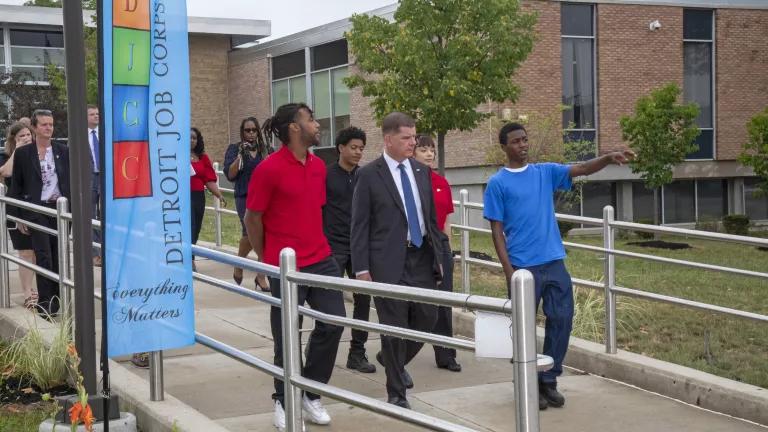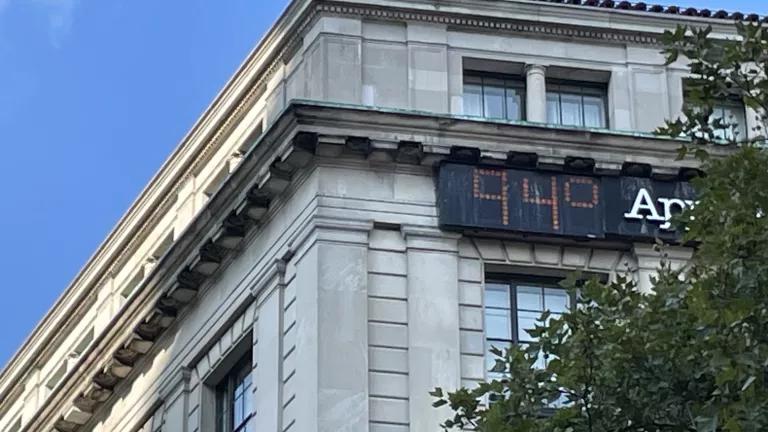Summer in the City: Improving Community Resilience to Extreme Summertime Heat in Northern Manhattan

Authored with: Juan Declet-Barreto, Union of Concerned Scientists; Cynthia Herrera, WE ACT; Cecil Corbin-Mark, WE ACT
Due to the impacts of climate change, summers are getting are hotter across the globe—but the health impacts of this heat are not felt equally, even within the same city. In New York City and many other cities across the United States, extreme heat disproportionately impacts certain vulnerable populations.
Since 1900, New York City has warmed by 4.4°F, more than double the 2°F increase for the state as a whole. While this kind of heat can be uncomfortable for many city residents, it becomes life-threatening for others. That is due in no small part to the temperature variations within a city—trees, parks, and greenery bring temperatures down, while areas packed with concrete and asphalt skyrocket high temperatures even higher. In part due to historical and current patterns of racial discrimination and segregation, people of color often live in areas characterized by abundant heat-retaining surfaces and a lack of canopied vegetation. These residents are less likely to own or be able to afford to run an air conditioner and more likely to suffer from pre-existing health problems that can be aggravated by heat. Extreme heat vulnerability in New York City is, quite simply, an environmental injustice.
This report looks at how exposure to extreme summertime heat is distributed unevenly throughout New York City, discusses the health burdens extreme heat imposes on environmental justice communities, and suggests equitable policy solutions that reflect the concerns and experiences of those most impacted by extreme heat.



